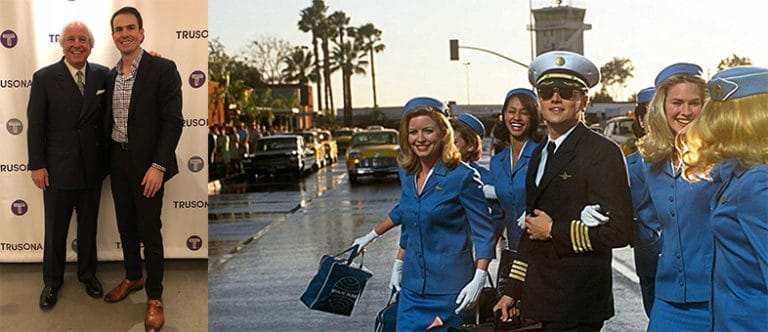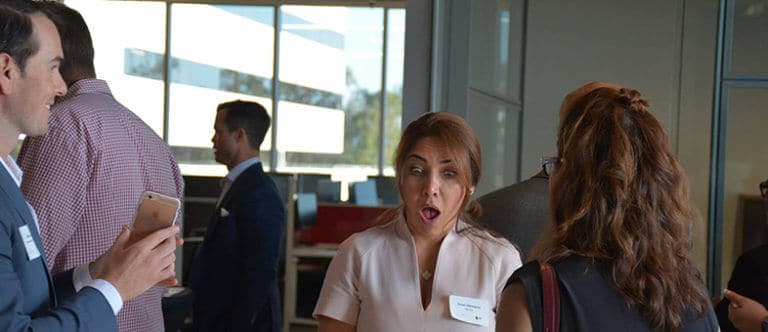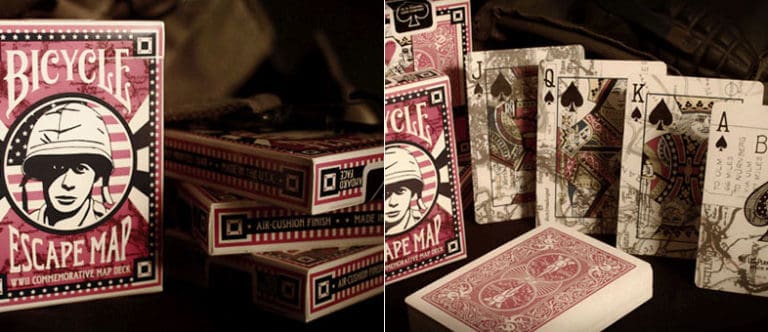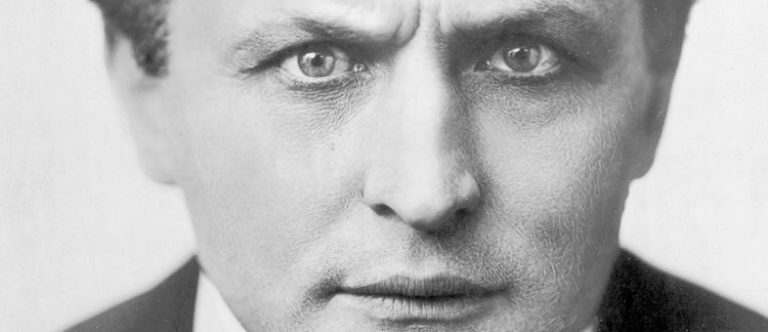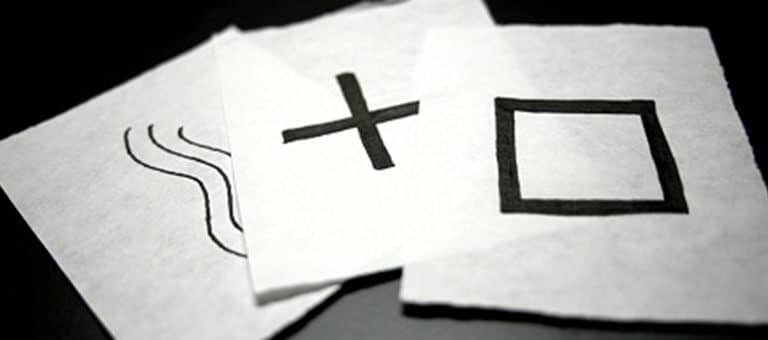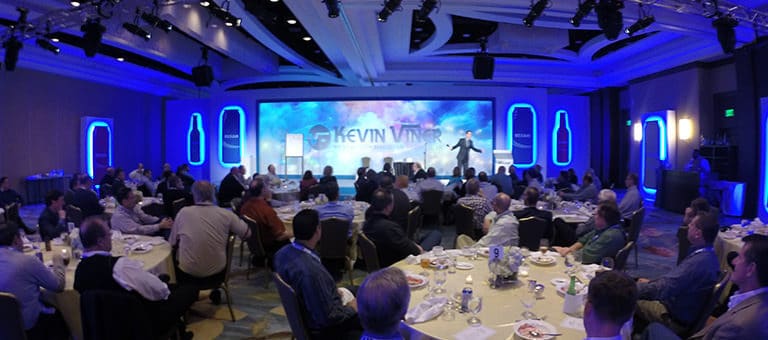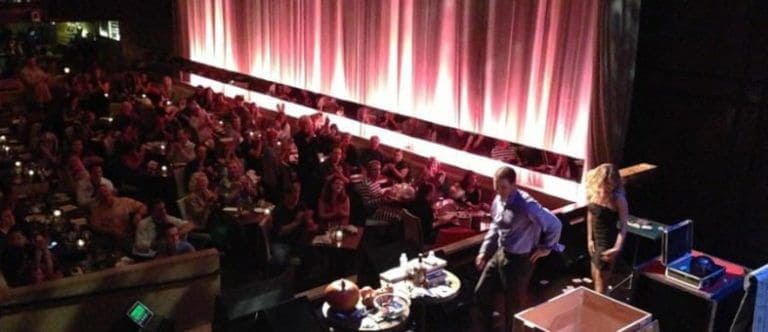Catch Me If You Can
One of my favorite parts of performing for a living is catching up with old friends, as well as meeting new friends. At a corporate program in Phoenix earlier this month, I was able to meet Frank Abignale, Jr, who you may know as the subject of the hit film Catch Me if You Can…
